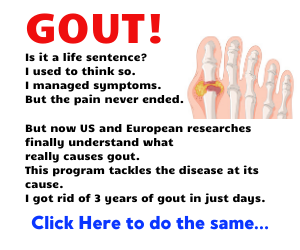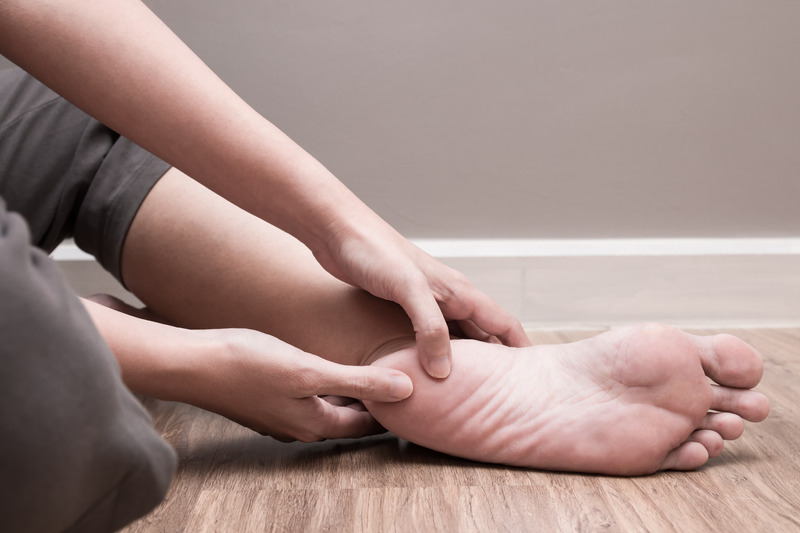
What is Gout?
Gout is a kind of inflammatory arthritis that is caused due to the high amount of uric acid in the blood. Majority of people suffer from this condition, and the pains that accompany the disease is severe.
The excess uric acid can cause the formation of needle-like crystals in joints and cause sharp, severe pain, warmth, redness, tenderness and swelling. The big toe is one part of the body that suffers from this disease.
The disease goes through a 4-stage process – from a gradual accumulation of uric acid in the blood to a more severe arthritis. Below are the symptoms and different stages of gout, and how to prevent the disease from escalating to a chronic one.
Click here for more information on this topic.
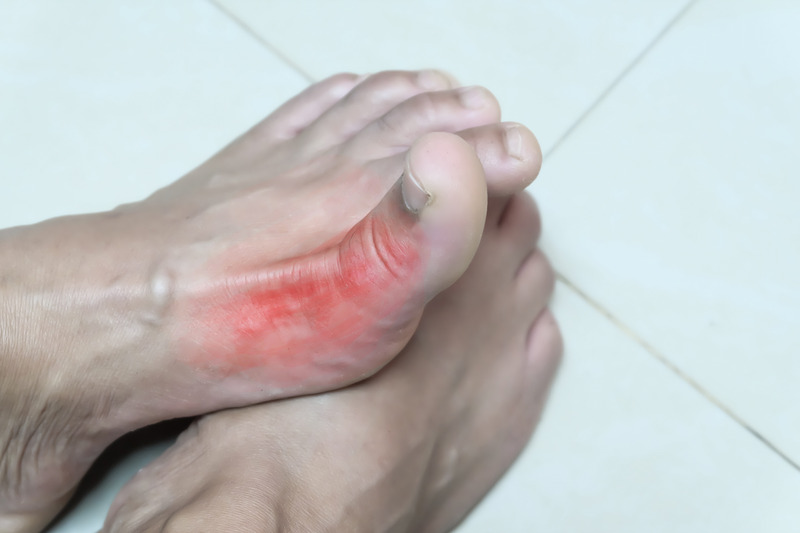
Symptoms of gout
No doubt, gout is accompanied by extreme pain. Each of the attack can linger for more than one day, and the pain is so intense that most people that suffer from it rank the pain very high on a scale of pain.
Gout affects joints mostly, and some of the symptoms include:
- Stiffing and swelling
- Sharp and chronic episodes of pain
- Tenderness
- Redness
For majority of the people, gout starts from the big toe, and 90% of gout sufferers will experience the pain on their big toe during the course of the disease. If the disease is left untreated and uric acid is left to accumulate, it will gradually spread to other joints of the body such as knee, ankle, instep, wrist, Achilles tendon, elbow and finger.
Click here to learn more about symptoms of gout.
The 4 stages of gout
- Asymptomatic Gout
- Acute Gout
- Intercritical or Interval Gout
- Chronic Tophaceous Gout
Medical professionals use four different stages to classify the different levels of gout. If one maintains a good lifestyle and the right medication, it is likely to put gout symptoms under control, prevent subsequent attacks and avoid further joint damage. Below are the four stages.
1. Asymptomatic Gout
As we have known already, gout occurs as a result of accumulation of uric acid in the blood. This acid builds up naturally via the disintegration of purines in the body. Purine is a compound that is mostly found in some foods and in our tissues.
Note that there are some people with high level of uric acid yet they don’t have gout (although majority of the people with too much uric acid suffer from gout).
The uric acid dissolves in the blood, goes through a filtration process in the kidneys, and excreted out of the body through urine. For gout patients, this process can be awful. This can occur when you consume foods that are rich in purine – such as shellfish, bacon and organ meat. On the other hand, your kidneys find it difficult to get rid of the excess uric acid in the body.
Suggested articles:
– Shellfish And Gout – Why Shellfish Should Be Avoided?
– Gout And Organ Meats – Do Not Ever Eat Organ Meat!
In the earliest stage of gout, uric acid forms in the blood, leading to a condition called hyperuricemia. At this initial stage, no symptoms and no treatment is needed, but the excess acid could be causing silent damage in your body.
Suggested article: Gout And Hyperuricemia – Is There A Link?
2. Acute Gout
Subsequently, excess uric acid leads to the formation of needle-like crystals that accumulate in the spaces around the joints. These crystals are the root cause of pain in the big toe. The pain can also extend to other joints such as the knees, wrist, and ankles.
The pain can become acute suddenly, often starts at night, and can last from several days to even weeks. Apart from the pain, other symptoms could be swelling, warmth around the affected area, and redness.
Also, gout can be triggered by drugs, stress, alcohol, other illness or eating too much seafood or meat. When you are experiencing an escalation of the disease, get treatment fast to avoid any further joint damage. Give yourself enough rest, reduce animal protein, avoid alcohol, and place ice pack on joint to soothe it.
Suggested articles:
– Gout And Stress (Are Gout And Stress Linked Together?)
– Gout And Alcohol (Everything You Need To Know)
– Seafood And Gout (Type Of Food That Must Be Avoided)
– Pork And Gout (How Much Meat Can You Eat?)
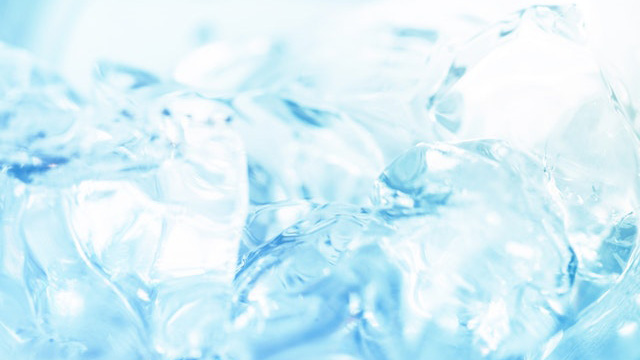
3. Intercritical or Interval Gout
Just like the name suggests, there is an interval when you have a painless experience. This pain free experience usually occurs after an attack and can last for even years.
Howbeit, there may be a continuous build-up of uric acid in the joint spaces and your bloodstreams, plotting its next attack. Ensure that you seek medical advice from your doctor – eat right, drink enough water, and take your medicine. Shedding some pounds of weight if you are heavy can also help stop future attacks.
Suggested articles:
– Gout And Water (Did You Know That You Can Fight Gout With Water?)
– Weight Loss And Gout (How And Why Weight Affects Gout?)
– How Long Does A Gout Attack Last? – All You Need To Know
4. Chronic Tophaceous Gout
This is the last stage of gout and the most exhausting of them all. It takes quite a long time to form (up to ten years) and is prevalent in those who leave the disease untreated.
If you are experiencing a chronic gout, you may likely experience symptoms typical of other forms of arthritis, such as sore joints, aching. Also, nodules of uric acid may form in the tissues within the joints. This condition is known as tophi and are mostly seen on the toes, fingers and elbow.
If proper care is not taken uric acid can also cause further damage to the bones and accumulate in your kidneys, leading to kidney stones and other complications.
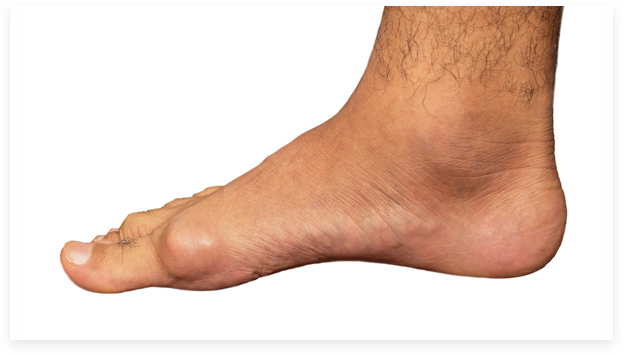
Suggested articles:
– Gout And Kidney Stones (Relations Between Gout And Kidney Stones)
– Gout And Tophi – Treating Or Living With Tophi
Risk Factors of Gout
Gout can be caused by a list of different conditions. Most of these conditions can be prevented, but unfortunately there is nothing you can do about some. Below are the risk factors of gout:
- Genes
- Diet
- Alcohol
- Sodas
- Other health conditions
- Age and gender
- Medications
- Obesity
- Bypass surgery
Suggested articles:
– Understanding The Link Between Obesity And Gout
– The ULTIMATE List Of 14 Foods To Avoid With Gout
– 10 Best Home Remedies To Treat Gout (Holistic Treatment For Gout)
– Top 8 Complications Of Gout – What To Expect?
– How is Gout Diagnosed – The List of 6 Techniques
– Gout And Rheumatoid Arthritis – Similarities And Differences
– 9 Best Foods To Eat With Gout – Best Diet For Gout
The Gout Eraser™: The all-natural guide for permanent gout removal
The Gout Eraser™ is a short, to the point guide on how to reverse gout symptoms without ever leaving your home. The guide goes into extensive detail on exactly what you need to do to safely, effectively and permanently get rid of gout, and you are GUARANTEED to see dramatic improvements in days if not hours.
To learn more about The Gout Eraser™ system, check out the following free video presentation: The Gout Eraser™


